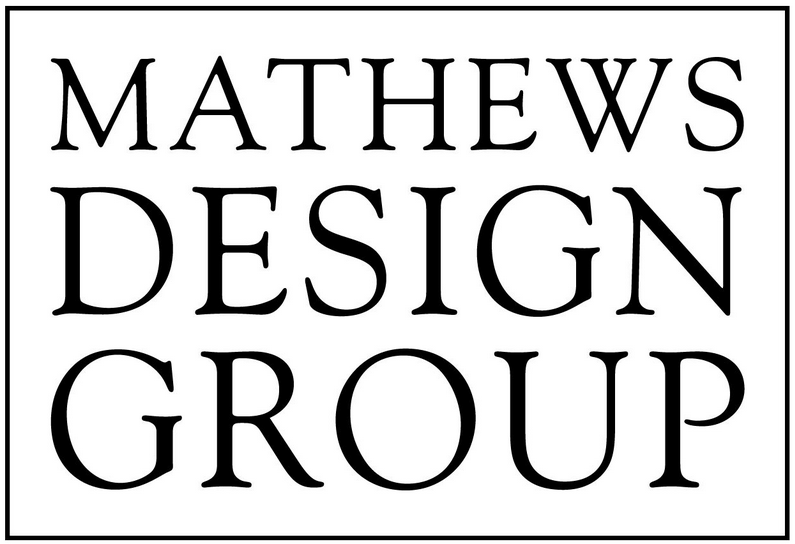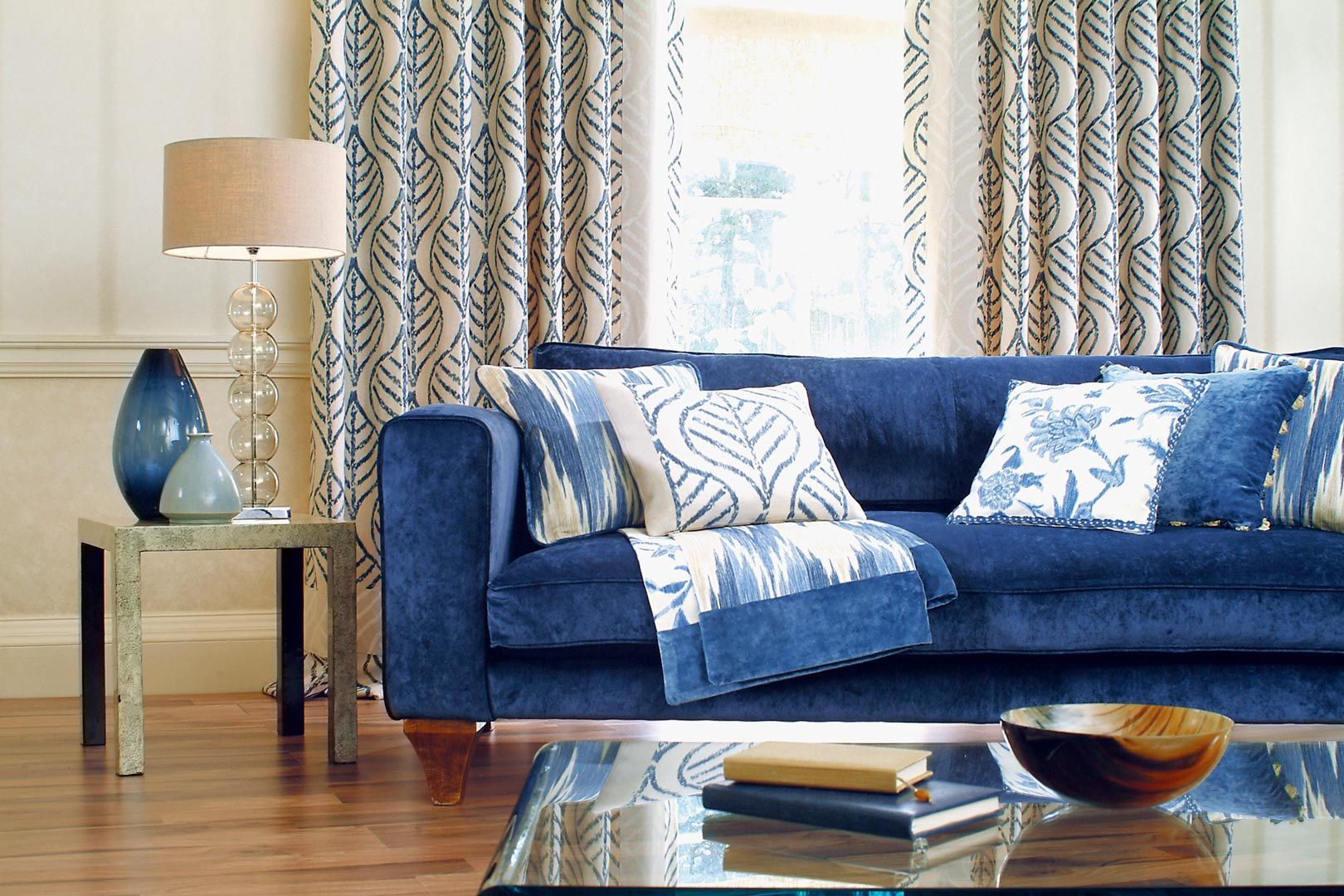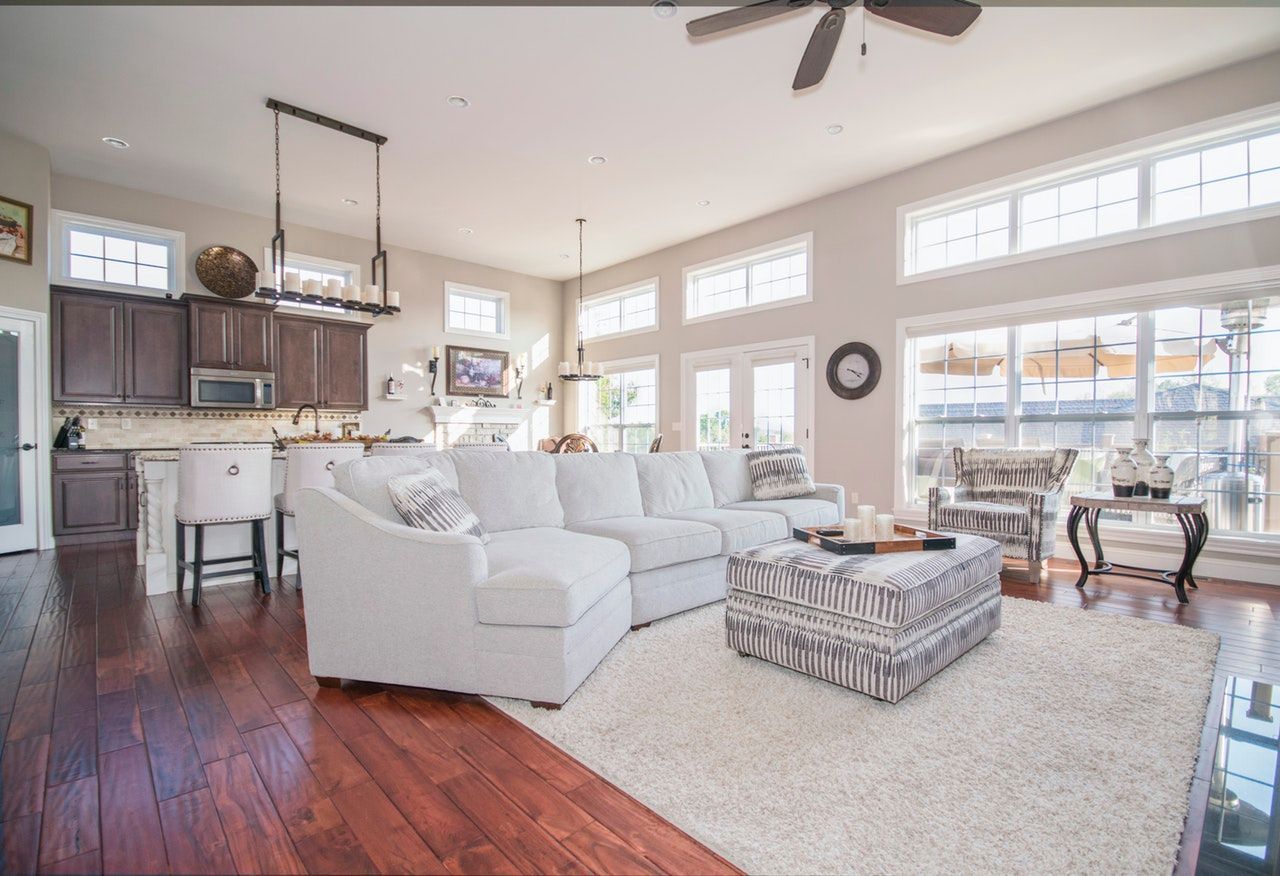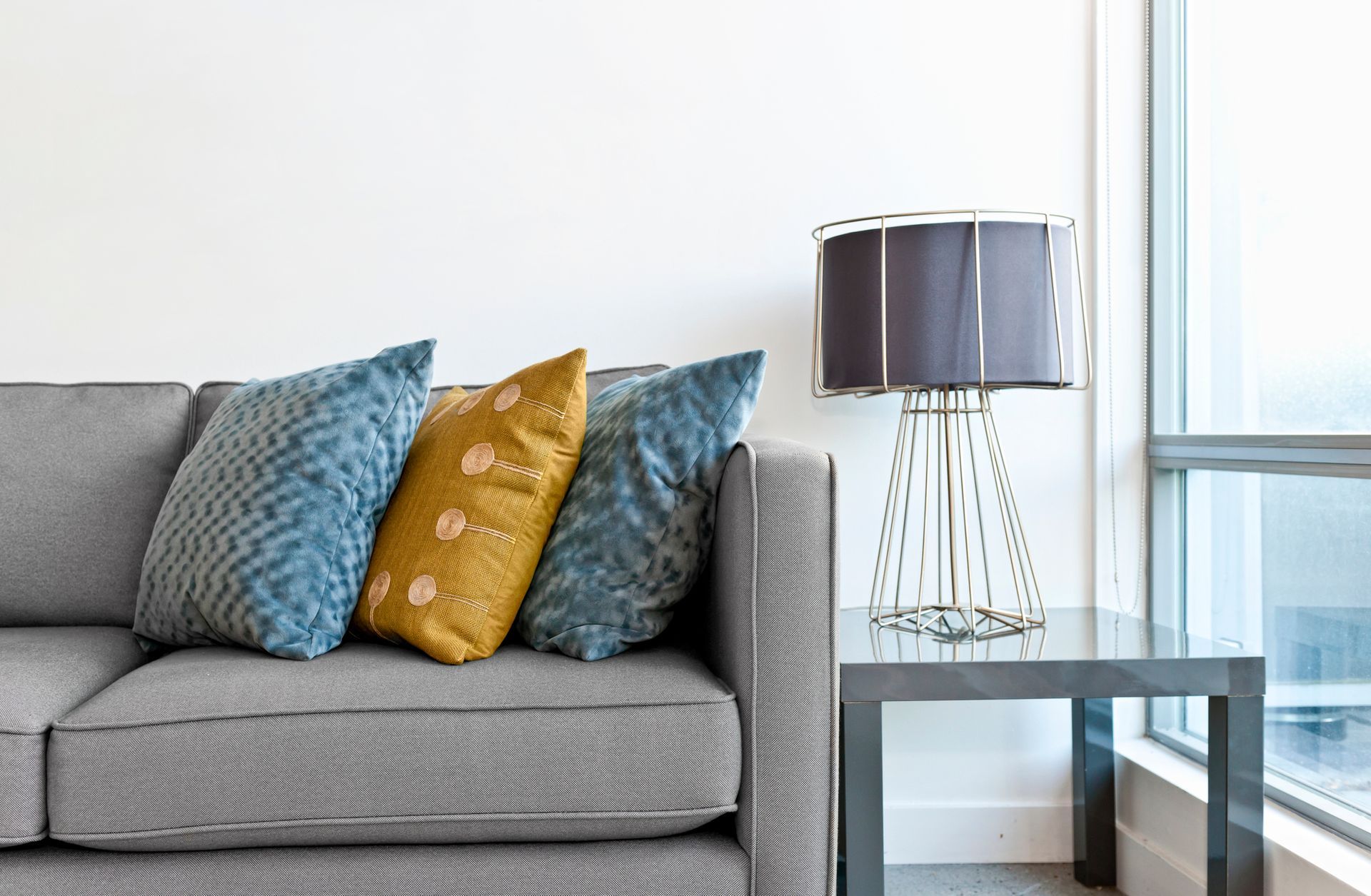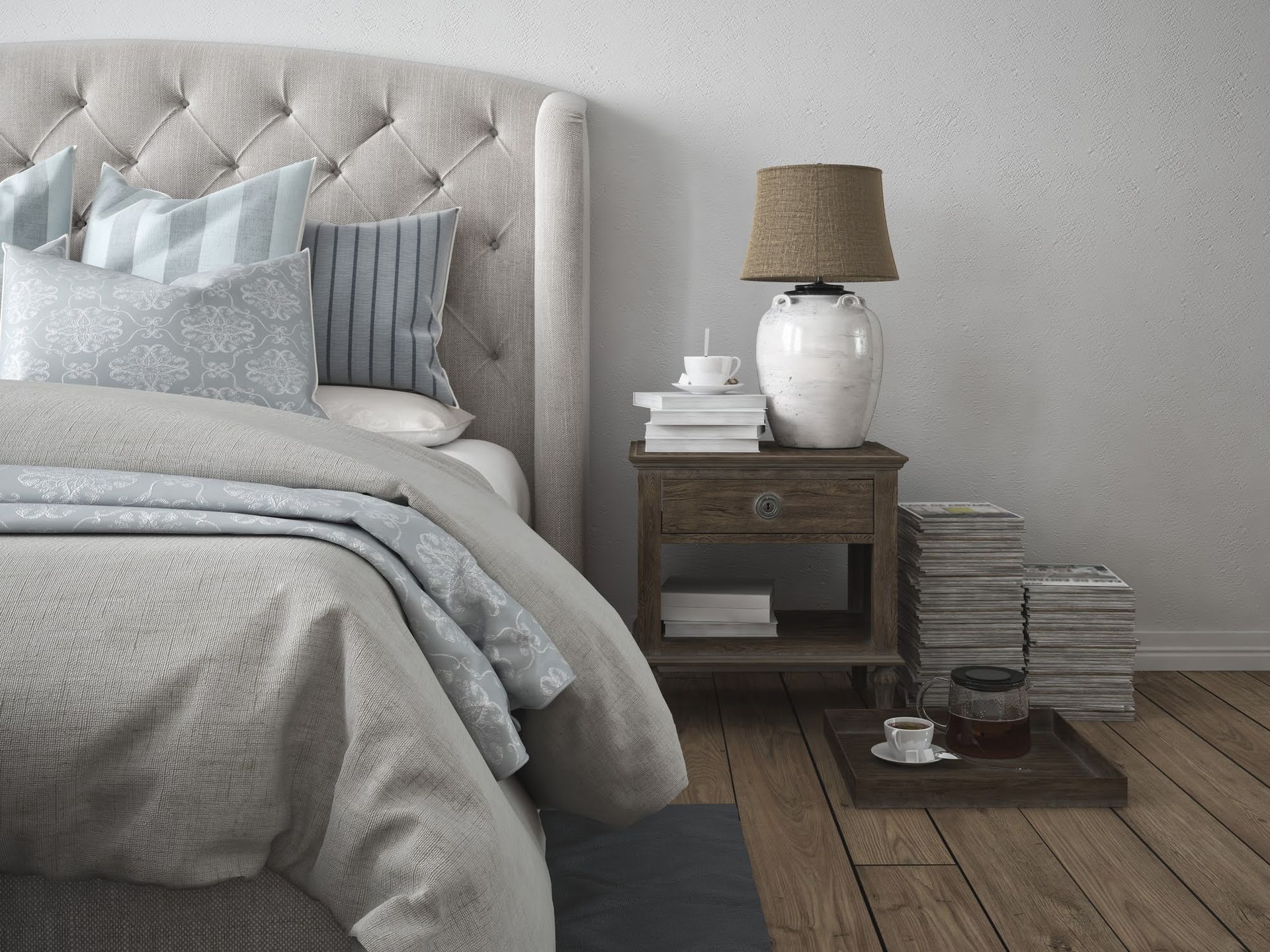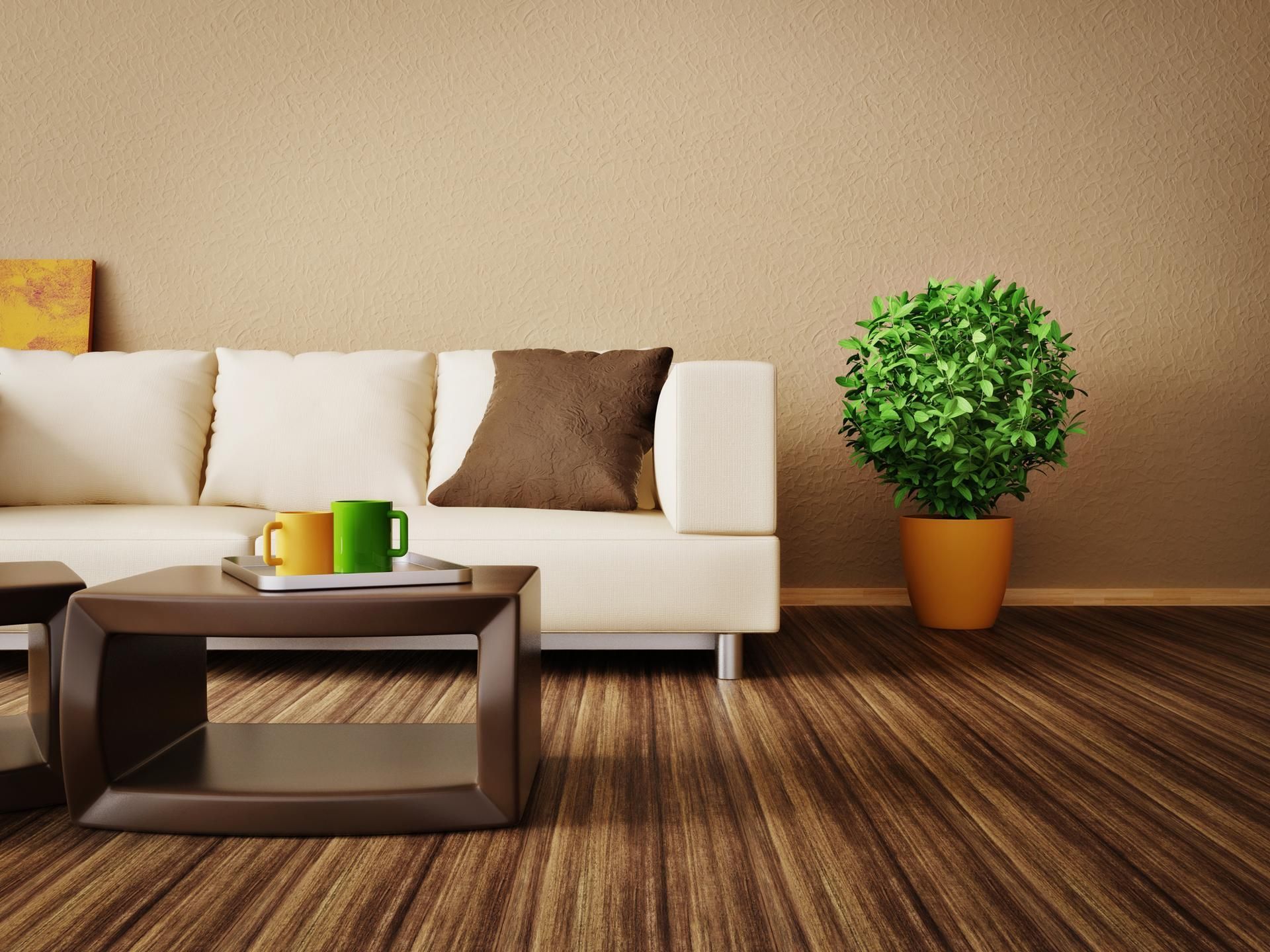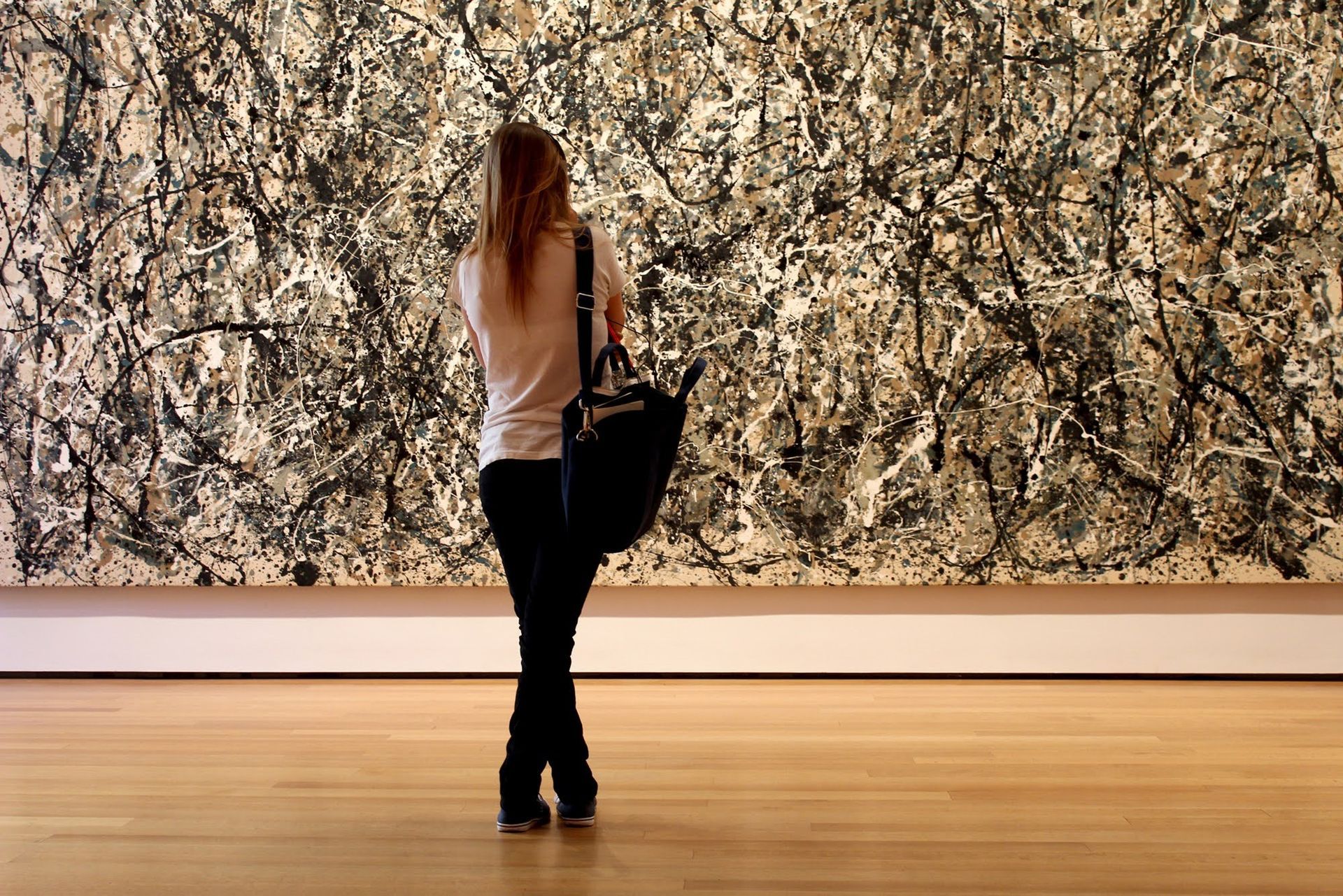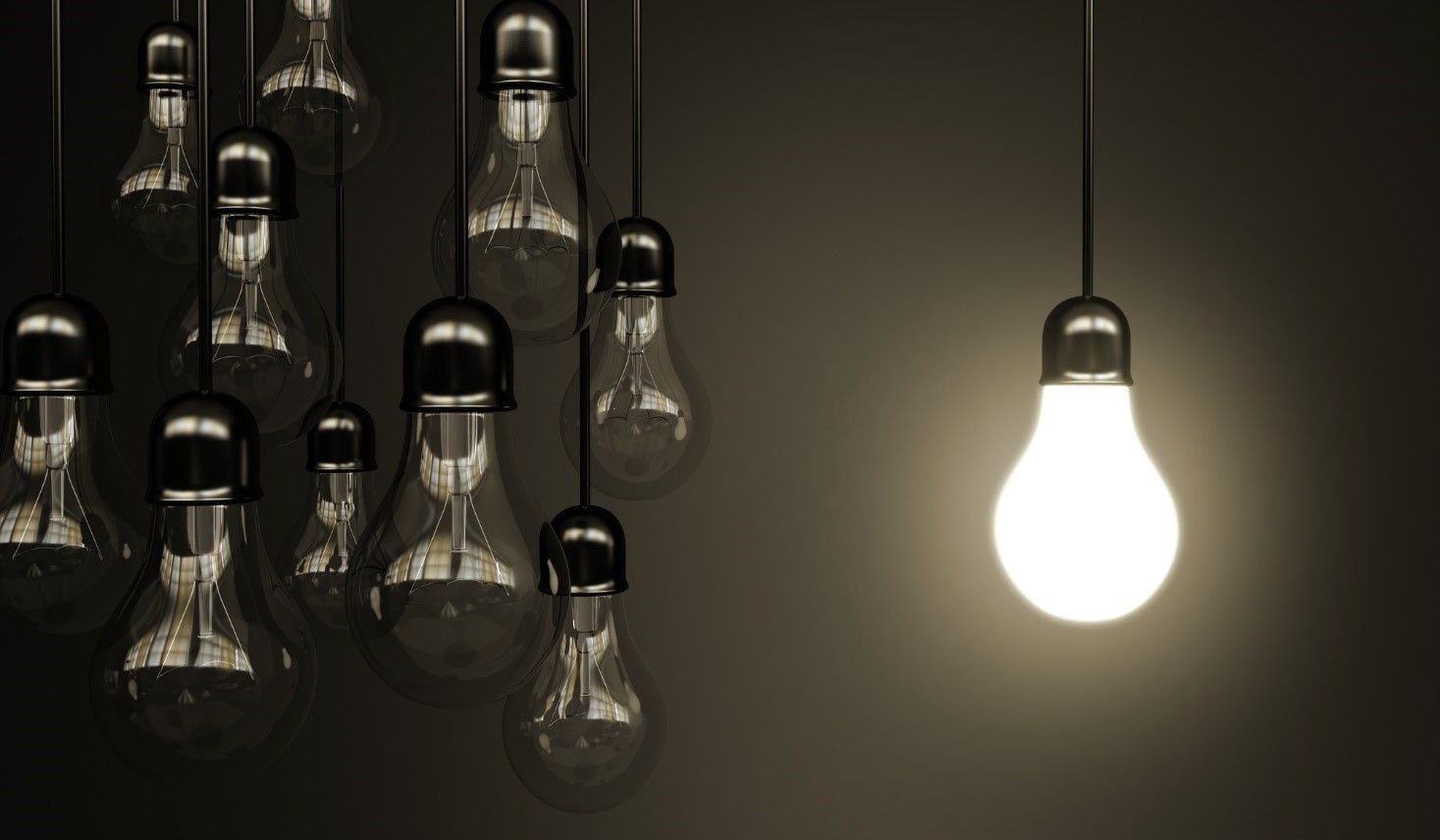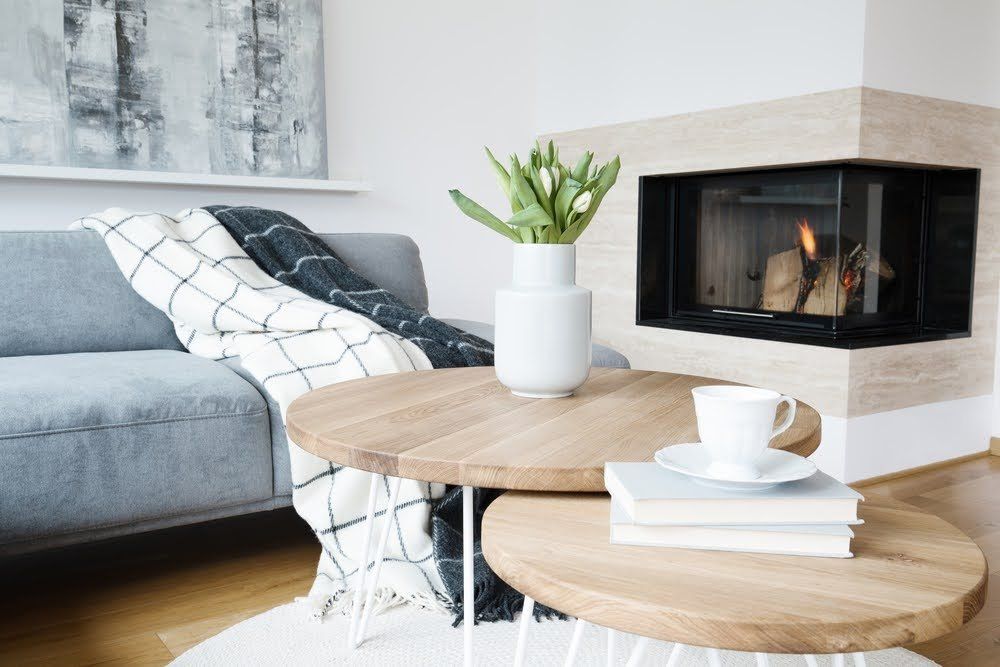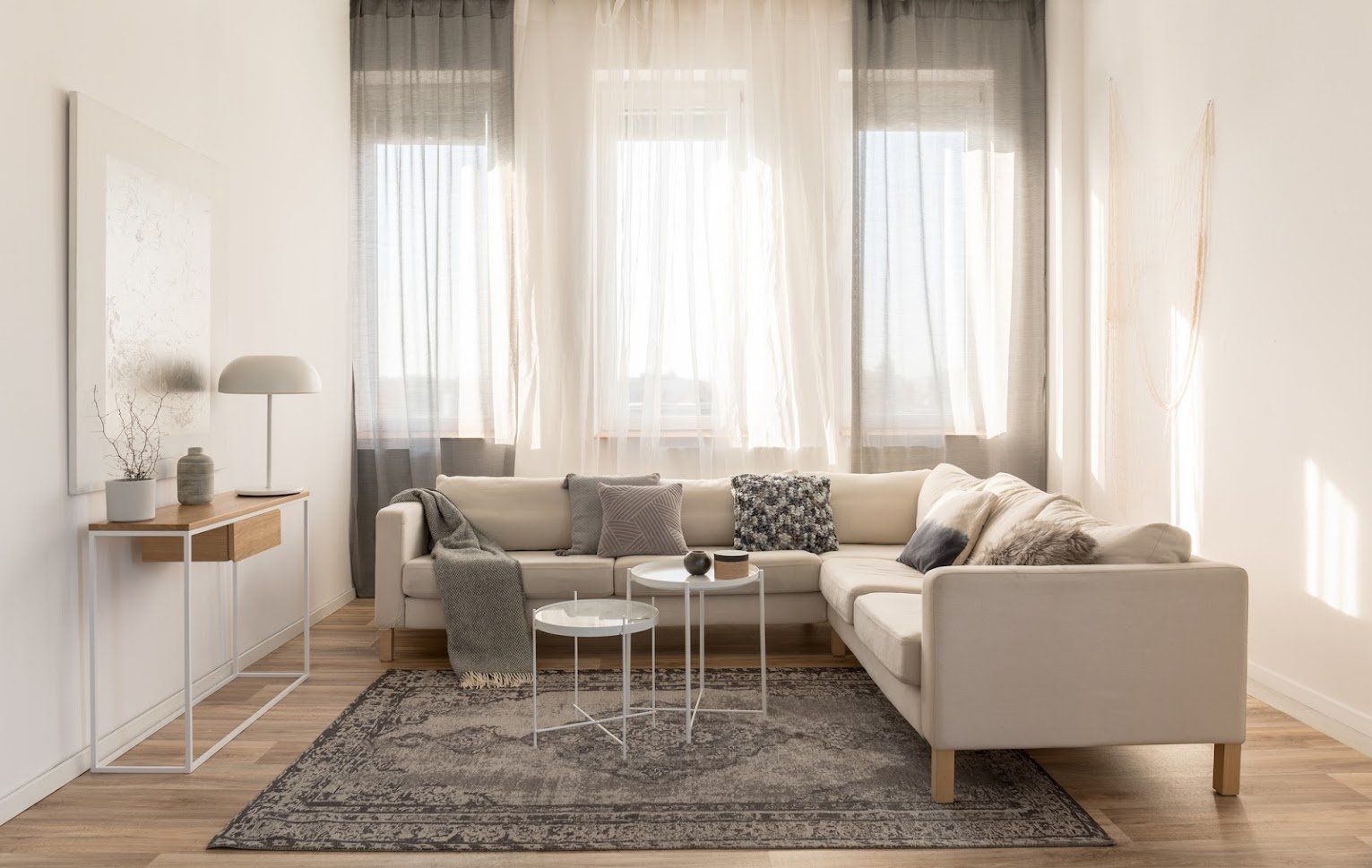What Is Rhythm In Design? How Can You Create It?
Does your home's interior design have rhythm? While many people think of rhythm in terms of music and dancing, rhythm is an important design concept. It creates harmony and a sense of completion to your style. But what exactly is interior design rhythm? And what are the key ways to create it? Here's what you need to know.
What Is Design Rhythm?
Rhythm in music is a thread that ties together various parts of a piece. It allows the ear to move from one section to the next and not feel a jarring difference. Designers use a similar idea to create cohesion between various elements of a room and various spaces of the home. This ensures that everything looks and feels well put together and harmonious - all part of one cohesive plan.
How Is Rhythm Created?
Rhythm isn't any one specific item. It's crafted through the use of a variety of design techniques. One of these is repetition. Just like a melody might use a repeated set of notes, design uses repeated motifs, colors, textures, or patterns. This is done subtly. You might tie in the chevron pattern in your living room rug with a few throw pillows in the family room. Or repeat the rug's colors elsewhere in the living room.
Of course, repeating elements isn't the only way to add harmony. You can also use contrast. Contrast helps bring attention to details and move the eye around the room. Many homeowners use colors to create this visual interest. Contrasting colors are those on opposite sides of the color wheel, such as orange and blue. But you can also use contrasting materials, such as wood and metal, or contrasting patterns.
A third method of adding rhythm is transition. Transitional items help the eye - and the physical body - to move from one space to another. It might be a leading line or a curve that subtly points the way to the next zone or room. It could be art that beckons the viewer to step from the living room into the corridor. Or it may be the clever use of color hues that blend from one room to the adjacent.
Gradation may not sound like a familiar concept, but it exists throughout the world. It's a progression created through sizes, colors, or shapes that encourage the viewer on a path. You might line your stairs with a gallery wall that starts with smaller pictures and moves to larger ones as you rise. Or a wall design might be small and subtle and close to the viewer but grow larger as it travels on the wall.
Finally, radiation is the art of grouping things together around a center item and allowing them to fan out so they tie everything together. Most people use radiation in their living rooms as they center the seating and tables around a television, fireplace, or area rug. The use of radiation provides a centering feature to give structure to the room and helps you find focus in your design.
Where Can You Learn More?
These design ideas can seem overwhelming to the untrained eye. While some of them may already be in use in your home, others - such as transition or gradation - are harder to work with. The best place to begin is to work with an experienced interior designer.
Mathews Furniture + Design has assisted Georgia home and business owners with all their interior design needs for more than 30 years. Call today to learn how they can help you apply these valuable design ideas to create the best rhythm in your home or business.

